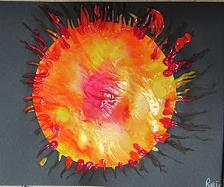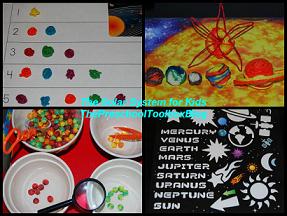
Many parents and teachers avoid presenting The Solar System to younger children as they feel the material is too complicated. Young children are amazed by the stars and the planets; they see the sun, the moon, and can view some planets in the night sky. By offering age appropriate learning and play activities, parents and teachers can plant tiny seeds of knowledge that will blossom as the children grow!
The Solar System
The Solar System is primarily comprised of the Sun and the 8 planets (Pluto, since 2006, is no longer classified as a planet). The 8 planets are: Mercury, Venus, Earth, Mars, Jupiter, Saturn, Uranus, and Neptune.
Sun – the Sun is a star and is the largest body in our Solar System. The Sun provides energy for all the living things on the Earth.
Mercury – Mercury is the planet closest to the Sun. Mercury is difficult to see because the Sun’s glare hides the planet from us.
Venus – Venus is the second planet closest to the Sun. Venus is a bright planet and can be seen in the night sky.
Earth – the Earth is the only planet in our Solar System that supports life: plants, animals, and people.
Mars – Mars is the fourth closest planet to the Sun. It is a rocky planet covered in red dust. Mars is often called the “red planet.”
Jupiter – Jupiter is the fifth closest planet to the Sun. It is a big planet and can be seen in the night sky.
Saturn – Saturn is the sixth closest planet the Sun. Saturn has colored rings that surround it.
Uranus – Uranus is the seventh closest planet to the Sun. Uranus is very far away and has 11 thin rings surrounding it.
Neptune – Neptune is the eighth, and farthest, planet from the Sun. Neptune is a windy planet. Winds on Neptune’s surface can exceed the combined winds of 4 of Earth’s strongest tornadoes!
Of all the moons in our Solar System, the Earth’s moon is the only one that children can see in the night sky.
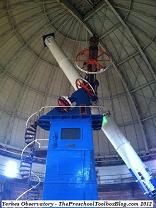
If you have an observatory or planetarium close to you, plan to take the children! We had the opportunity to visit Yerkes Observatory last year. It was an awesome day of discovery!
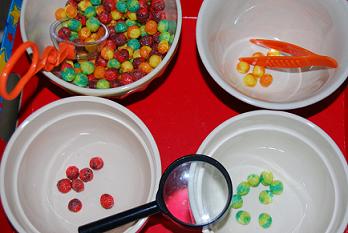
Planet Sorting and Transferring Tray
Materials needed: Trix® or other round colored cereal (the swirled Trix® really look like miniature planets), 4 bowls, spoons or tweezers (to transfer), and a tray.
In one bowl, place 1 cup of cereal. Set out 3 empty bowls and the transfer utensil(s) on the tray. Have the children sort the “planets” by color to the bowls on the tray. For younger children, place one cereal color in each of the three empty bowls. The children can then use that piece as a guide for transferring the corresponding colors. Labels can also be used for the bowls to indicate the color of cereal it should hold. Make corresponding colored dots on the bowl for younger children. Label the bowls in trays for older children with the corresponding color words.
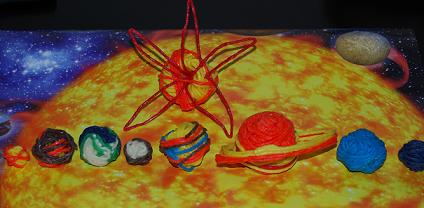
Wikki Stix Created Solar System
Creating the Solar System
Materials needed: Assorted Wikki Stix
In order to help our children better understand the planets, we asked each of them to create the Sun and the 8 planets out of Wikki Stix. The activity was a huge success! Some of the children chose to work with a partner and others preferred to create alone. It was truly amazing to watch the children turn their ideas into a hands-on Solar System!
Science Activity – Gravity
Explain to the children that GRAVITY keeps the planets moving around (orbiting) the Sun. Gravity also keeps people on the Earth instead of floating out into space. For a simple experiment with gravity, have the children toss a ball into the air. What happens? The ball comes DOWN. Without the Earth’s gravity, the ball would float off into the sky.
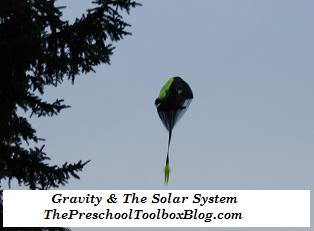
We did our experiment with parachute men. They are inexpensive and our kids like to toss them around. Ask your children to predict what will happen to the parachute men after they are tossed in the air (the Earth’s gravity will cause the parachute men to fall back to the ground)!
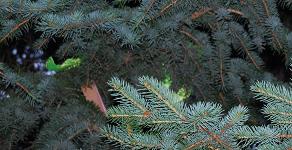
Books to Read to Young Children
My Picture Book of the Planets by Nancy E. Krulik
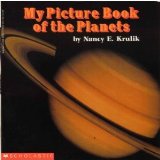
Kitten’s First Full Moon by Kevin Henkes
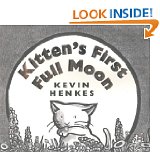
Brother Moon and Sister Sun by Katherine Paterson
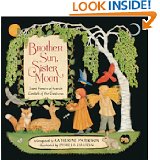
Planet Balls Math Mats to Print – Numbered Playdough Mats
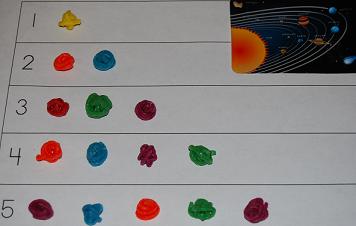
Materials needed: Numbered Playdough Mats Printable (linked above) and playdough or Wikki Stix.
Print the numbered play dough mats and laminate for durability. Have the children use Wikki Stix or Playdough to make small balls to resemble planets. The students should then place the required number of “planets” on the mat next to the numeral.
Extension for older students: Have students try to read the number words on each line (pages 5-6 of the pdf) and place that many planet balls in each row.
Extension for older students #2: Use the addition or subtraction equations (pages 7-8 of the pdf) to figure out how many planets are needed in each row.
Extension for younger children: Use pdf pages 2 and 4 which have orange dots for children to use to place one planet ball upon each dot. This helps students keep track as they count and add on more planets to their row.
Extra Resources
Moonscape Craft and Space Theme by PreKinders
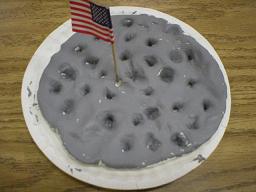
Homemade Moon Dough by MamasLikeMe
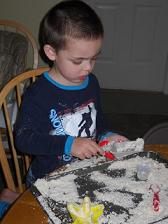
Sun with Solar Flares Craft, Moon Rock Craft, and Moon Sand by Mrs. Karen
